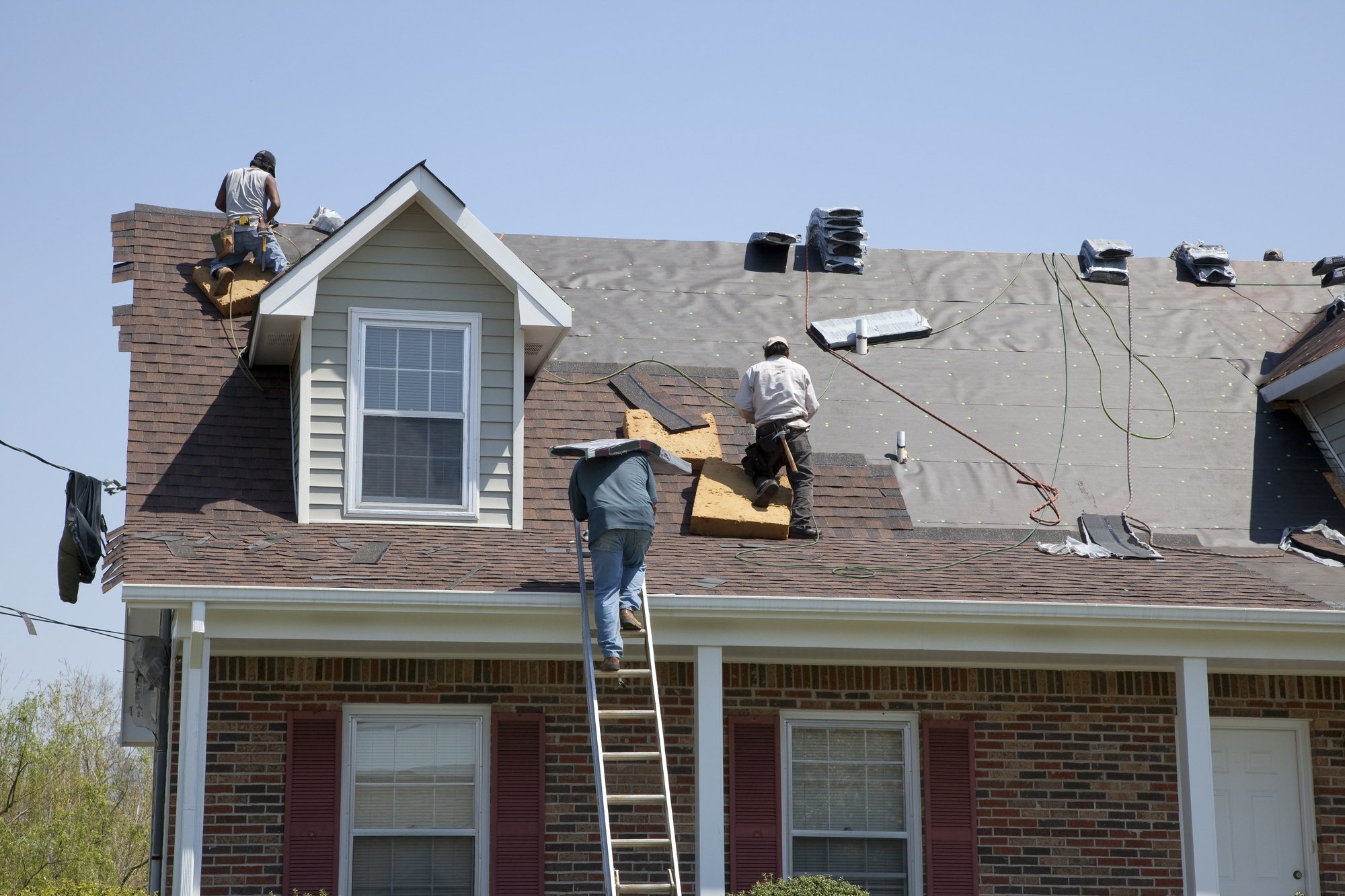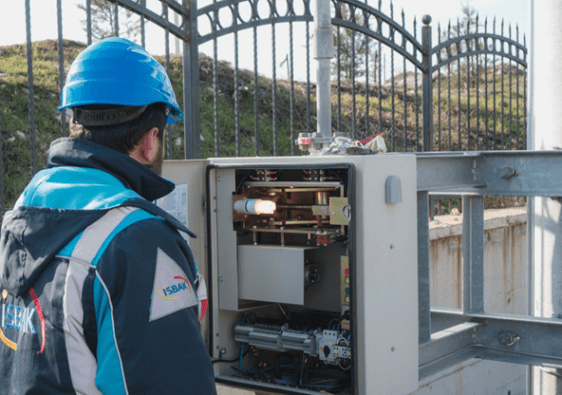While hiring a professional to install a new lawn is an option, some may prefer the aesthetic appeal of a seeded lawn. Seeding your own lawn not only gives you a sense of homeownership but also provides a more cost-effective alternative to sod.
But where do you begin when it comes to seeding a lawn? With a plethora of grass seed planters available, selecting the right one can be quite a task. Fear not, for we have the answers for you.
Preparation of the soil before seeding plays a vital role in achieving desired results. Different soil types require specific considerations when it comes to seeding and selecting the appropriate planters.
Curious to know more? Keep reading as we guide you in selecting the best planter for different soil types.
Understanding Your Soil: The Foundation for a Thriving Lawn
Before delving into the world of grass seed planters, it’s essential to understand your soil. Different soil types have distinct characteristics that can impact the success of your lawn. The main soil types are sandy, loamy, and clayey soils, each with its own set of challenges and advantages.
Sandy Soils: Quick Drainage, Quick Decisions
Sandy soils are known for their excellent drainage properties but may struggle to retain nutrients. When choosing a grass seed planter for sandy soils, opt for one that ensures even distribution of seeds while preventing them from sinking too deep.
The lightweight nature of sandy soil requires careful consideration of the grass seed planter’s depth control to avoid burying seeds too far below the surface.
Loamy Soils: A Balanced Canvas
Loamy soils are the gold standard for lawn enthusiasts. They offer good drainage and nutrient retention and provide a balanced mix of:
- sand
- silt
- clay
For loamy soils, a versatile grass seed planter that can adapt to different depths and seed sizes is ideal. Look for a planter with adjustable settings to accommodate the various grass seed types your lawn may need.
Clayey Soils: Navigating the Heavy Terrain
Clayey soils retain moisture well but can be challenging to work with due to their dense composition. When dealing with clayey soils, select a grass seed planter with sturdy construction and sufficient power to penetrate the soil’s surface. The planter should also feature effective seed distribution mechanisms to ensure even coverage and prevent clumping.
Choosing the Right Grass Seed Planter: A Tailored Approach
Now that you have a grasp of your soil type, let’s explore the key features to consider when selecting a grass seed planter.
Seed Size Compatibility: Size Matters
When choosing a grass seed planter, it’s crucial to take into account the size of the seeds you’ll be sowing, including lawn seed and pasture seed. Different grass species produce seeds of different sizes, so make sure the planter you select is compatible.
Look for planters that come with adjustable seed plates or chambers, as they will enable you to customize the planting process for different seed sizes. By selecting the right planter, you can enhance your grass-seeding experience and achieve optimal results.
Depth Control: Planting with Precision
The planting depth of your grass seeds plays a crucial role in achieving successful germination. Consider using a grass seed planter that offers adjustable depth control settings, particularly if you have a variety of seedlings or are dealing with uneven terrain.
Maintaining a consistent planting depth promotes uniform germination, resulting in a more aesthetically pleasing and evenly grown lawn.
Row Spacing: Giving Your Lawn Room to Breathe
When considering the use of seedling grasses, it is crucial to take into account the recommended row spacing. Each grass variety has specific spacing requirements for optimal growth.
By utilizing a grass seed planter with adjustable row spacing options, you can customize the planting process to suit the needs of your selected seedling grass species.
Versatility: Adapting to Changing Conditions
A grass seed planter that can do it all is a must-have for lawn care enthusiasts. It makes germinating different grass seed types a breeze! When picking a planter, go for one with interchangeable seed plates or adjustable settings. That way, you can effortlessly switch between different grass seed varieties and keep exploring new types. So convenient, right?
Regional Considerations: Hydroseeding
Regional factors can significantly influence your choice of grass seed planter. For example, in regions like Portland, where water conservation is a priority, hydroseeding has become a popular method for establishing lawns.
Hydroseeding involves mixing grass seed, fertilizer, and protective mulch in a slurry, which is then sprayed onto the soil. If you’re considering hydroseeding in Portland, look for a grass seed planter that can handle the specific requirements of this innovative seeding method.
Durability: Materials and Construction
When selecting a grass seed planter, ensure that the construction is up to the task. Look for robust materials like steel, which can stand up to repeated use and rough conditions. For an extra level of protection look for models with anti-corrosion or UV coating.
Consider models with adjustable parts to customize planting for your needs. These models can be used in any region to plant grass seeds.
User Friendliness: Ease Of Use
When searching for a grass seed planter, it’s important to consider models that are not only easy to set up and use, but also provide additional features for optimal convenience.
Look for a planter with a simple yet sturdy design, as well as clear and comprehensive instructions that guide you through the process effortlessly. Having a planter that offers adjustable settings for seed depth and spacing can further enhance your efficiency in achieving the desired results.
Sowing the Seeds of Success with the Right Grass Seed Planters
Choosing the right grass seed planter is crucial for growing a healthy lawn. It’s important to consider various soil types for success. You can make an informed decision by considering factors. These factors include soil composition, moisture levels, and size of the area. The goal is to ensure optimal results.
Start your journey to a beautiful lawn today and choose the perfect grass seed planters for your soil type. Happy planting!
Interested in reading more? Check out the rest of our blog for more information!



